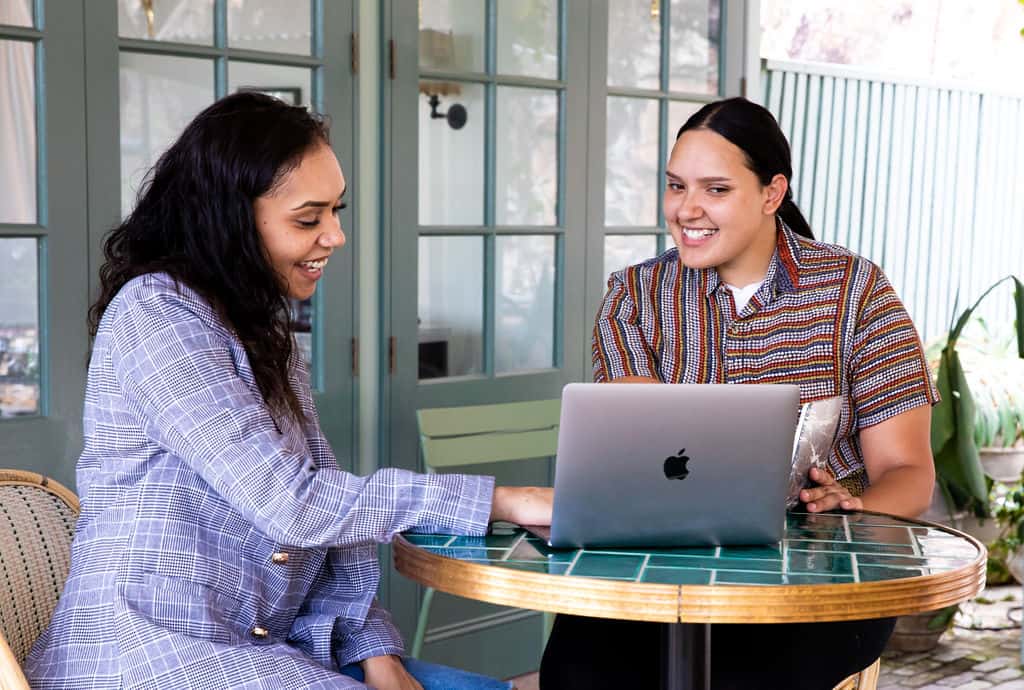What Is Super And How Does It Work?
AustralianSuper
- Money Lessons, Super & Insurance, Womens

Superannuation, also known as super, is money that’s put aside from your pay when you’re working. It adds up over the years and helps support you financially when you reach retirement. While retirement might be a long way off, knowing how super works now can help make sure you have extra income when you stop working.
Why super is important?
You might not think about your super much, but by the time you retire it could add up to quite a large sum of money. Think about what you’d like to do retirement? It could be some travel to see family or friends, relaxing in your community or going to the movies every week – there are a lot of possibilities. Your super is the money you can use to do these things, as well as help you pay bills and pay for everyday items.
How much super do you need?
The Association of Superannuation Funds of Australia (ASFA), says that if you retire at around age 65, you’ll need $44,224 a year if you’re single – $62,562 for couples – to have a ‘comfortable lifestyle’. Or $28,179 if you’re single, and $40,739 for couples – to have a modest lifestyle.
While $40,000 a year can sound like a lot of money, don’t worry, it’s just a guide. And if you’re in your 20s, you have over 45 years to grow your super.
See how much you have in your super account today and consider if you need to get some help understanding how to increase your balance.
How super works: Three things to know
1. Know if you’re eligible for super
When you start working your employer must pay 10 per cent of your wage into your super account. This is called the superannuation guarantee and it’s the law. To qualify for super payments you have to earn more than $450 a month if you’re 18 or over, or work more than 30 hours if you are under 18. The super guarantee percentage and the $450 minimum limit could change over time, so always check the Fair Work Website for the latest information.
2. Know your super is invested to help it grow
You’re paid super for as long as you’re working (and meet the above rules). When the money goes into your super account, it doesn’t just sit there like it does in the bank – it actually gets invested into different things by your super fund. That’s their job. The aim is to invest in things that grow in value over time so they can provide you with investment returns – money – which then goes into your super account and grows your balance.
Your fund might invest your money in a range of things, such as the share market, property, and cash.
3. Know when you can access your super
Your super is saved for your retirement, so you usually can’t access it until you’re a bit older and have reached what’s called your ‘preservation age’. If you’re born on 1 July 1964 or after, your preservation age is 60. As well as turning 60, to access your super you need to:
- Have permanently retired, or
- Want to ‘transition to retirement’ while you’re still working, or
- Have changed jobs on or after turning 60.
4. Know your super fund and search for lost super
Many Australian’s don’t know which super fund they are with, and some have more than one. If you don’t know your super fund you can find it by using your your Tax File Number (TFN).
If you’ve had a job where you’ve been paid over $450 a month then you should have been paid super. Some employers will give you a superannuation choice form, this is the form that lets you tell them where to pay your super. If yours didn’t you might have some lost super – but don’t worry. Logging into myGov or speaking to the ATO can help you find out where your money is.
Log in to your myGov account to find out which super fund you’re with and where your super is. If you have a fund, you can combine all this into one place.
Before combining your super, ask your other super provider about any fees or charges that may apply, and other information about the effect this transfer may have on your benefits, such as insurance cover.
Partner content: Free Radio series – Australian Super Made Easy
When it comes to super there’s a fair bit to understand, but it’s worth your time, as this is your money for the future. If you’d like to find out more, the Central Australian Aboriginal Media Association (CAAMA) has produced a 7-episode radio series for AustralianSuper, called Australian Super Made Easy. The series covers the basics of superannuation and insurance as they relate to Aboriginal and Torres Strait Islander peoples. And it’s available in a range of languages. You can listen to Australian Super Made Easy here.
AustralianSuper is a partner of the publisher of this website, the First Nations Foundation. This article may include general financial advice which doesn’t take into account your personal objectives, situation or needs. Before making a decision consider if the information is right for you and read the relevant Product Disclosure Statement. Investment returns are not guaranteed. Past performance is not a reliable indicator of future returns.
An earlier version of this article said super guarantee contributions were 9.5 per cent of an employee’s salary. That’s now been updated to 10 per cent to reflect policy changes.
Let us know if you liked this article
Let us know if you liked this article




